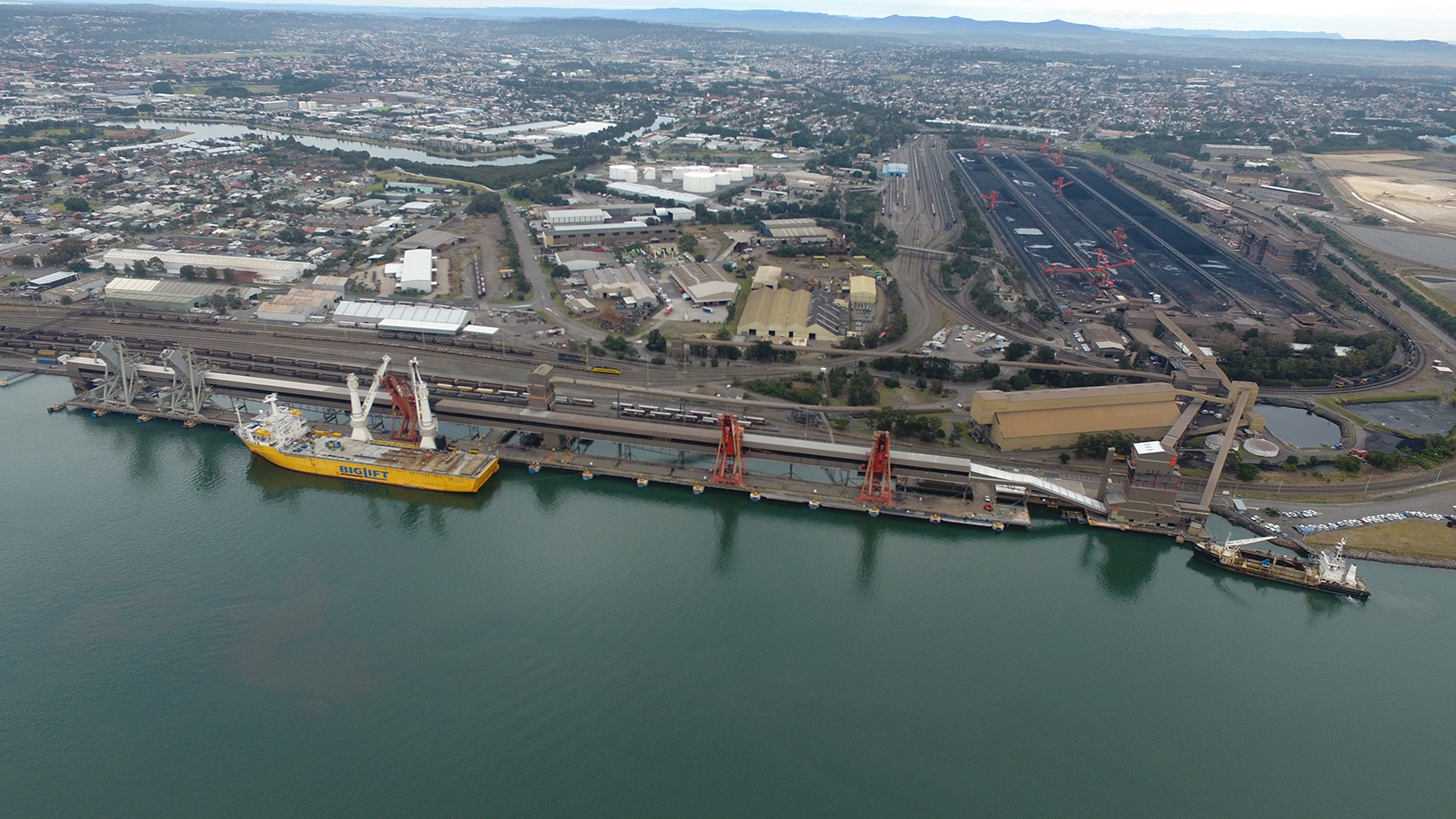Page
Research shows mining jobs priority supported by community
NSW Minerals Council CEO Stephen Galilee has welcomed new research confirming strong community support for making economic and jobs benefits a priority in the assessment of mining projects.
The research, conducted by ReachTEL, found that 68 per cent of respondents believed that jobs should be the ‘highest priority’ or a ‘high priority’ when major projects like mines are assessed.
79 per cent of those surveyed also agreed that mining was important to a strong economic future for NSW, compared to just 13 per cent who felt mining was not important at all.
“These very strong results show that most people understand the importance of major projects like mines for jobs, and also place a high value on the jobs these projects generate,” Mr Galilee said.
“Many regional towns and communities across NSW rely upon major mining projects as a pillar of their local economies, together with other important industries like farming and tourism.
“In Singleton, for example, the last Census found around 20 per cent of the local workforce was employed in mining, in Mudgee around 15 per cent, and in Lithgow at least 10 per cent of local workers were miners.”
The ReachTEL research findings come at a time when the NSW Government has released new draft guidelines for mining project assessments that place a strong focus on economic benefits while at the same time setting strict environmental standards including on noise, air quality, and water impacts for proposed mining projects to meet.
“The results of this survey indicate the new mining assessment guidelines proposed by the NSW Government are in line with community expectations,” Mr Galilee said.
Mr Galilee has called for greater balance and perspective in relation to the proposed new guidelines, which have been attacked by anti-mining groups over the past week.
“If you listen to some of the language being used you could be forgiven for thinking mining is engulfing the State, but the truth is very different.
“Mining uses less than 0.1 per cent of land in NSW, compared to 76 per cent for agriculture and 7.6 per cent for conservation. The number of operating coal mines NSW has fallen from 62 three years ago to 55 currently, and around 2000 direct mining jobs have been lost over the last year.’
See the
.
Contact
: Lindsay Hermes I
lhermes@nswmining.com.au
I 0409 758 734

